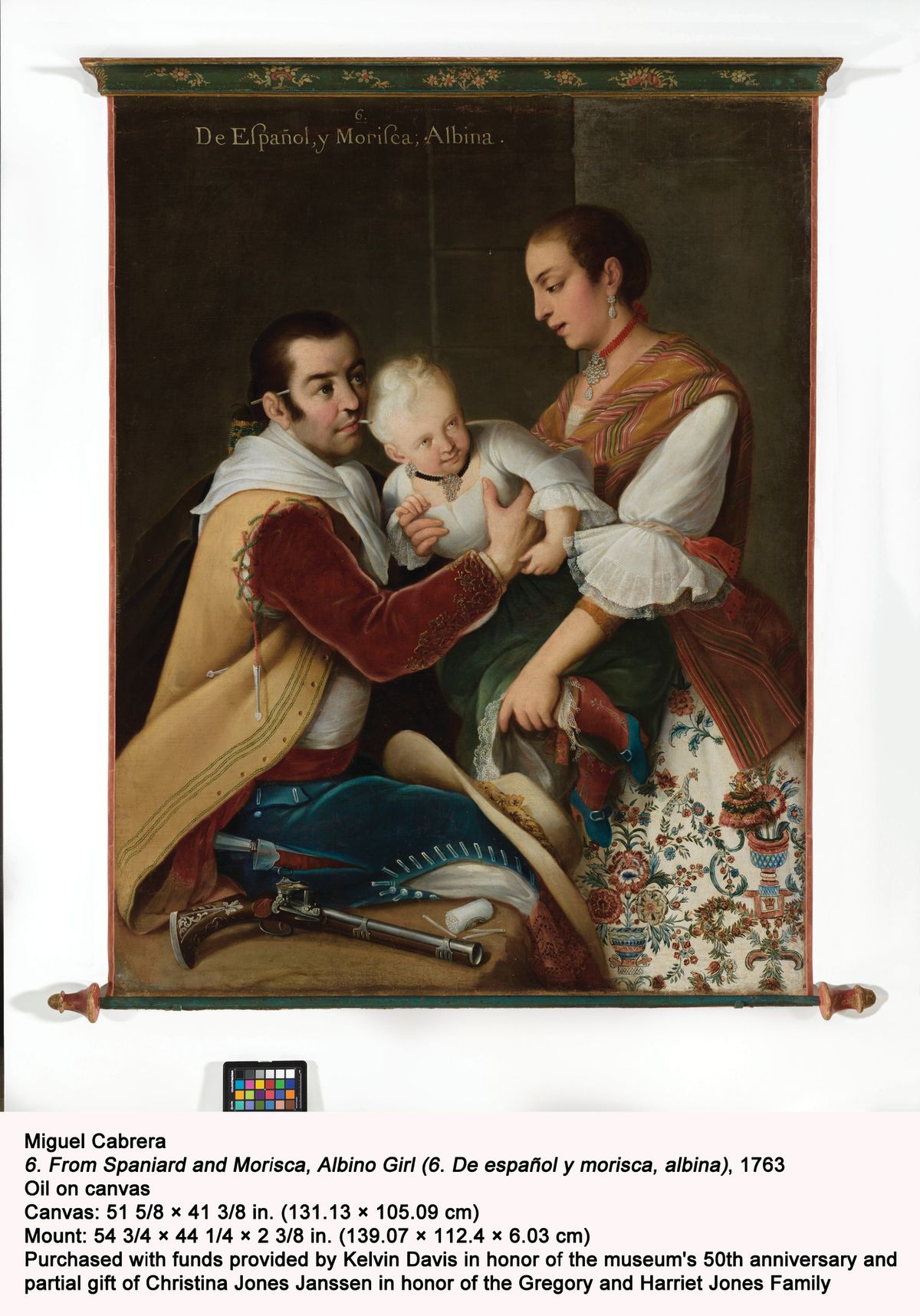A recent acquisition by the Los Angeles County Museum of Art (Lacma) is an example of a forgotten genre of “casta” painting, in which artists tracked the racial diversity of the New World, mostly for curious collectors back in Spain. The painting by the colonial Mexican artist Miguel Cabrera, From Spaniard and Morisca, Albina Girl (1763), depicts a couple with their albino child, and was unveiled by Lacma in April.
Cabrera, better known for his grand religious ensembles, painted one casta series of 16 paintings. The work was discovered, rolled up, under a lawyer’s couch in her home near San Francisco. The owner inherited it from her family, who had bought it in the 1920s.
Lacma bought the work for around $1m as part of a series of purchases marking its 50th anniversary this year. The sale to the Los Angeles institution reflects the owner’s wish that the picture remain in California. “I had as much interest in this from scholars as in anything I’ve ever handled. I could have sold ten of these,” says the dealer Robert Simon of Robert Simon Fine Art in New York, which brokered the sale.
Were casta paintings examples of early racial profiling? “On the one hand, it’s trying to create a taxonomy of racial types,” says Ilona Katzew, Lacma’s head of Latin American art. “But what you actually see is an Enlightenment exercise in how different colourations of people came about,” she says.
“The idea that there is racial mixing now as there was back then is undeniable,” Katzew says. “They appeal very much to a contemporary sensibility.”


